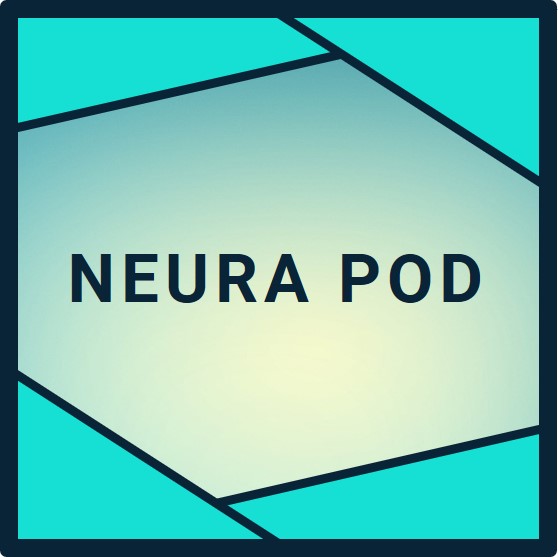- Neuralink patients control robotic arms with thoughts to perform daily tasks like feeding themselves and drinking from cups independently.
- They play video games at high levels, achieving precise cursor movements and reaction times that rival able-bodied players.
- Patients type messages, browse the internet, study subjects like calculus and neuroscience, and pursue public speaking careers using only brain signals.
Core Digital Control Capabilities Demonstrated Daily
Neuralink implants enable patients with quadriplegia or ALS to operate computers through thought alone. The N1 device records signals from over 1,000 electrodes in the motor cortex, translating neural activity into cursor movements on screens. First patient Noland Arbaugh, implanted in January 2024, now logs over 50 hours weekly of independent use after 21 months.
This allows seamless navigation of apps, web browsing, and social media interaction. Arbaugh types full sentences at speeds approaching conversational pace, sharing updates and engaging with communities online. Calibration takes under 15 minutes, with adaptive algorithms maintaining accuracy as neural patterns evolve. PRIME Study participants across 25 implants as of October 2025 confirm consistent performance, free of device-related issues.
Video Gaming and Competitive Performance
Beyond basic control, patients excel in gaming, leveraging the implant's high bandwidth for rapid inputs. Arbaugh plays titles requiring split-second decisions, positioning paddles in Pong or aiming in first-person shooters with thought precision. Elon Musk notes recipients will soon outperform most humans in fast-reaction games, evolving to professional levels through dual implants.
Summer 2025 updates show patients achieving 7-10 bits per second, matching mouse users. This stems from reinforcement learning-trained decoders, optimized in Neuralink simulators before deployment. Gaming sessions build dexterity, with hours logged daily enhancing decoder refinement via brain plasticity.
Physical Independence via Robotic Arms
CONVOY Study patients direct robotic arms for real-world tasks, restoring autonomy lost to paralysis. ALS patient Nick Wray feeds himself and drinks from cups by willing arm movements, grasping objects fluidly. The implant decodes multi-dimensional intent, mapping thoughts to arm joints for natural motion.
This extends to household activities, with trials logging thousands of successful grasps. Elon Musk's oversight ensures seamless integration, targeting full-body control. Canadian participants in ongoing trials demonstrate similar feats, validating cross-enrollment from PRIME.
Learning, Productivity, and Professional Pursuits
Implants support cognitive demands, enabling patients to pursue education and careers. Arbaugh studies pre-calculus and neuroscience, completing coursework via thought-controlled interfaces. He delivers keynotes at tech conferences, using the device for presentations and audience interaction.
Productivity tools include thought-based document editing and video calls. With 15,000+ total usage hours across patients, reliability supports full-time engagement. Elon Musk highlights upgrades like dual implants for Noland, amplifying multitasking.
Emerging Features: Speech, Vision, and Beyond
FDA Breakthrough Designation for speech decoding allows thought-to-text at natural rates, aiding communication impairments. Blindsight trials target visual cortex stimulation, restoring perception for the blind via camera feeds.
Elon Musk projects superhuman abilities, including infrared vision and gigabit bandwidth by 2028. International expansions in UAE and Canada accelerate data, with 20,000 annual procedures planned by 2030. Patients like those in Miami benefit from refined threads, reducing retractions by 80 percent.
TL;DR
Neuralink patients master robotic arms for eating and drinking, dominate video games with pro-level reactions, and thrive in studies or careers through thought control. With 25 implants delivering 50+ hours weekly use, capabilities span digital mastery to physical restoration, as seen in Noland Arbaugh's 21-month journey. Elon Musk drives upgrades like dual implants, unlocking speech and vision next. This positions Neuralink to empower millions, blending human intent with seamless tech for unmatched independence by 2030.

